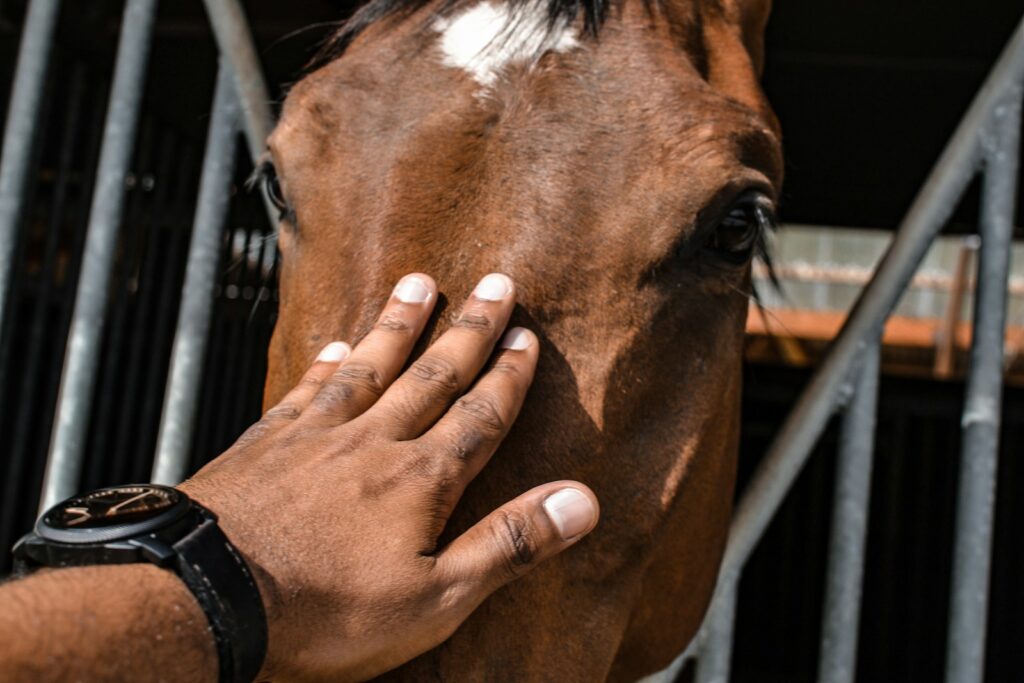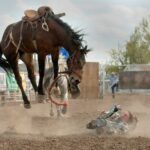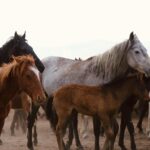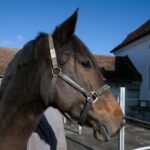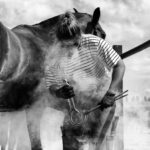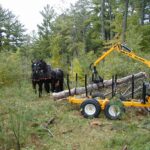Horses are magnificent creatures that require dedicated, knowledgeable care to thrive. While most horse owners are familiar with the basics—feeding, grooming, and exercise—there are numerous subtle aspects of equine care that often get overlooked. These “blind spots” in horse management can significantly impact your horse’s health, performance, and overall quality of life. Even experienced equestrians may miss these crucial elements of care, which can make the difference between a horse that merely survives and one that flourishes. This comprehensive guide explores the frequently neglected aspects of horse care that deserve more attention from every conscientious owner.
Dental Care Beyond the Basics
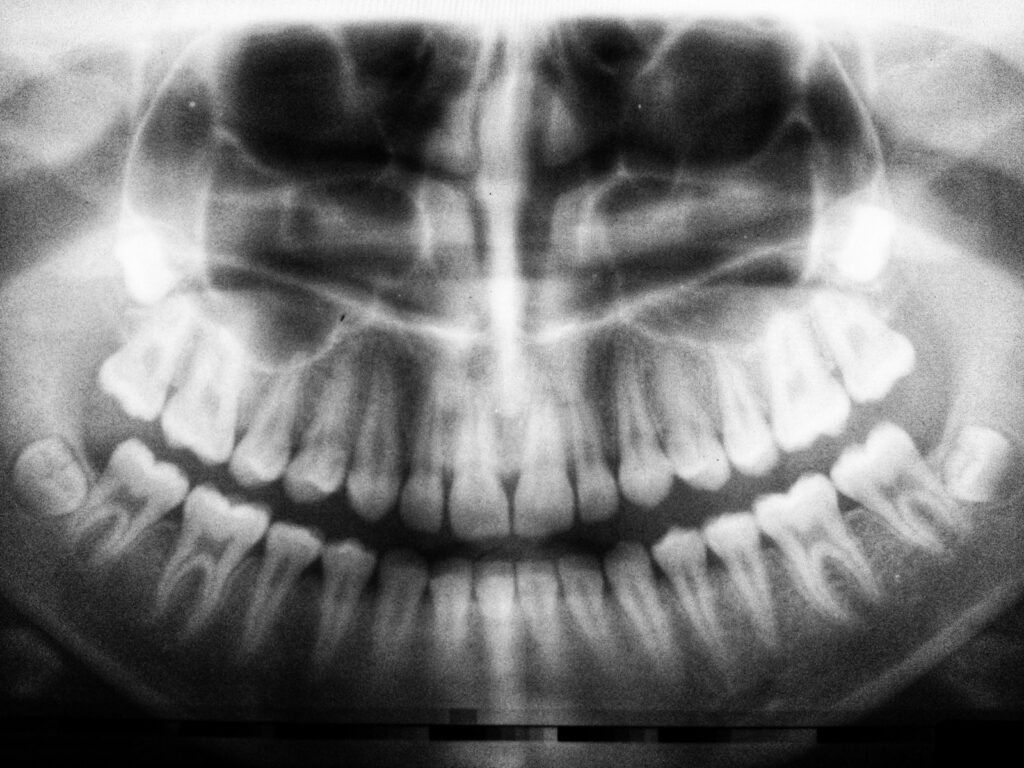
Many horse owners understand the importance of annual dental floats, but comprehensive dental care goes far beyond this routine procedure. Horses develop sharp points on their teeth that can cause painful ulcers in their cheeks and tongues, yet subtle signs of dental discomfort like quidding (dropping food), head tilting while eating, or unexplained weight loss often go unrecognized. Young horses need more frequent dental checks as their baby teeth are replaced, while senior horses may require specialized attention as they lose teeth or develop other age-related dental issues. Implementing a proactive dental care program with evaluations every 6-12 months can prevent painful conditions and extend your horse’s productive life.
The Overlooked Importance of Hoof Angles

While most owners prioritize regular farrier visits, many fail to understand the critical importance of proper hoof angles and balance. Incorrect hoof angles can cascade into significant musculoskeletal issues, affecting not just the hooves but also tendons, ligaments, and even back health. A mere one-degree change in hoof angle can redistribute hundreds of pounds of force throughout the leg with each step. Working with a farrier who understands your horse’s specific conformation and use is essential, as is learning to recognize when your horse’s movement indicates hoof imbalances. Photos and measurements of your horse’s hooves at different stages can help track changes and ensure consistent care even when switching farriers.
Mental Stimulation and Enrichment

Horses are intelligent creatures that need mental stimulation to prevent boredom-related behavioral issues such as cribbing, weaving, or wood chewing. Despite this fundamental need, environmental enrichment is frequently overlooked in equine care regimens. Stabled horses particularly suffer from lack of mental engagement, which can lead to stereotypic behaviors that are difficult to reverse once established. Simple enrichment strategies like varying turnout companions, introducing safe toys, setting up obstacle courses, or implementing food puzzles can dramatically improve your horse’s psychological wellbeing. Many owners report behavioral improvements simply by hanging a treat ball or setting up a scratching post in their horse’s environment, proving that enrichment doesn’t have to be elaborate to be effective.
Subtle Signs of Pain and Discomfort

Horses naturally hide signs of weakness as prey animals, making pain detection particularly challenging for owners. Subtle indicators such as slight changes in behavior, decreased performance, reluctance to be groomed in specific areas, or altered eating patterns often signal discomfort before obvious lameness appears. A horse that suddenly becomes “stubborn” may actually be experiencing physical pain rather than displaying attitude problems. Learning to recognize your horse’s normal behavior and conducting regular “pain checks” by observing response to light pressure across the body can help identify problems early. Keeping a journal of your horse’s behavior patterns makes it easier to spot these subtle changes that might otherwise go unnoticed until they become severe.
Proper Saddle Fit Assessment

Many horse owners fail to recognize that saddle fit needs constant reassessment as horses change shape throughout the seasons and with different fitness levels. A perfectly fitting saddle can become problematic within months as a horse gains muscle, loses weight, or matures. Indicators of poor saddle fit such as dry spots surrounded by sweat after riding, behavior changes when saddled, or reluctance to move forward freely are often misattributed to training issues rather than equipment problems. Having a professional saddle fitter evaluate your equipment at least twice yearly—particularly after significant changes in your horse’s work routine or body condition—can prevent back problems and behavioral issues. Some proactive owners learn to perform basic saddle fit assessments themselves, checking key points like wither clearance, even panel contact, and shoulder freedom regularly.
Water Quality and Consumption Monitoring
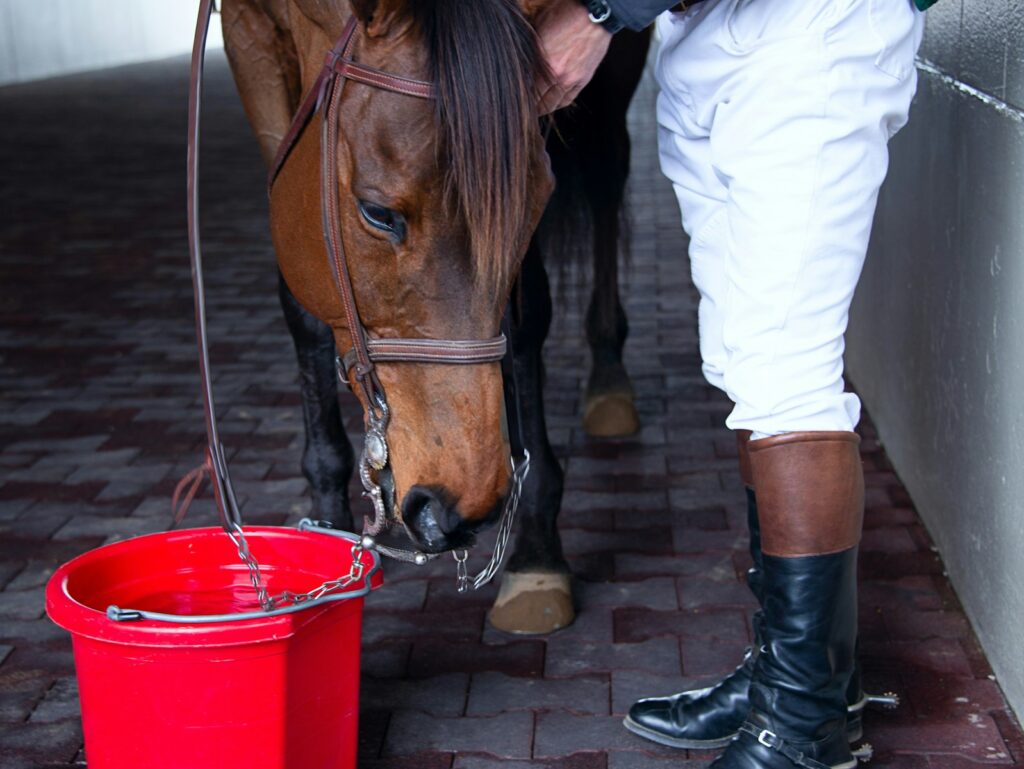
Water is the most essential nutrient for horses, yet its quality and consumption often receive insufficient attention from owners. Horses may refuse to drink water that has unusual odors, temperatures, or mineral content, leading to dangerous dehydration even when water is available. Automatic waterers, while convenient, can make it impossible to monitor exactly how much water your horse is consuming daily—a critical health indicator. Establishing a baseline for your horse’s normal water intake (typically 5-15 gallons daily depending on size, diet, and weather) helps identify changes that might signal health problems early. Regular testing of water sources for harmful bacteria, chemical contaminants, and appropriate mineral balance is something few owners do routinely but can prevent serious health issues and improve palatability.
The Significance of Proper Hay Storage
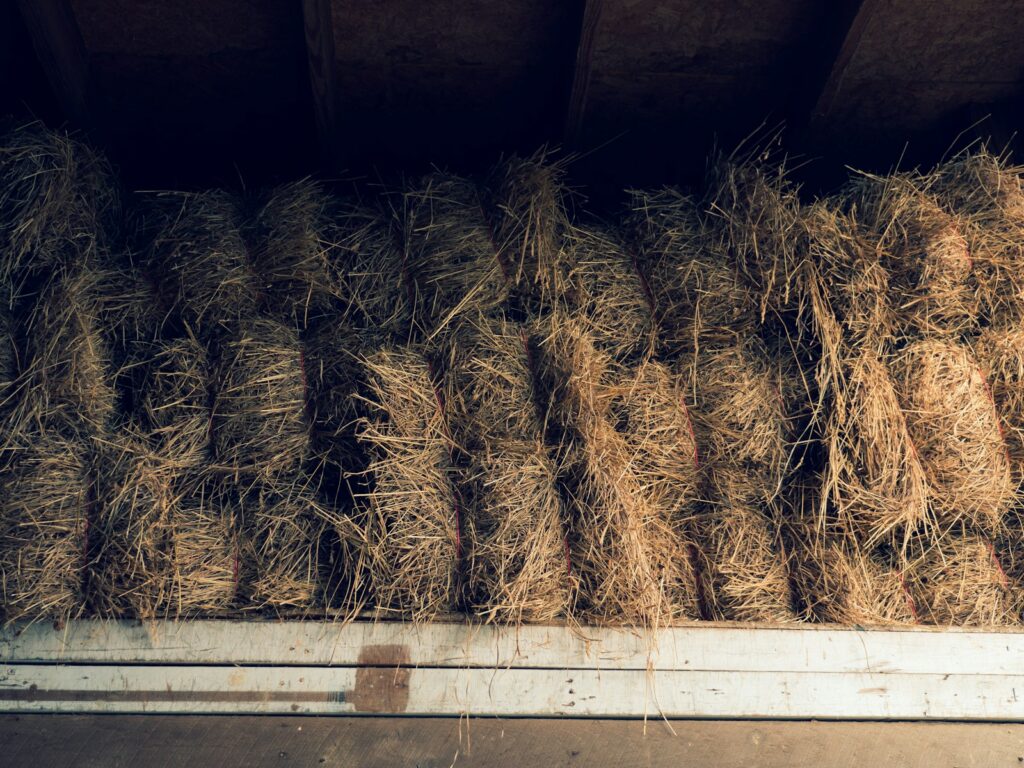
The way hay is stored dramatically affects its nutritional value and safety, yet many owners focus solely on hay type without considering storage conditions. Hay stored in damp conditions can develop dangerous mold and mycotoxins invisible to the naked eye, while sun exposure can degrade essential vitamins. Temperature fluctuations in storage areas can reduce overall nutritional quality by up to 30% within months. Implementing proper storage practices—keeping hay elevated off the ground, in a covered area with good ventilation, and monitoring moisture levels—preserves nutritional value and prevents respiratory issues caused by mold spores. Using the oldest hay first through a rotation system ensures your horse always receives the freshest possible forage, maximizing nutritional benefit from this dietary staple.
Metabolic Health Monitoring
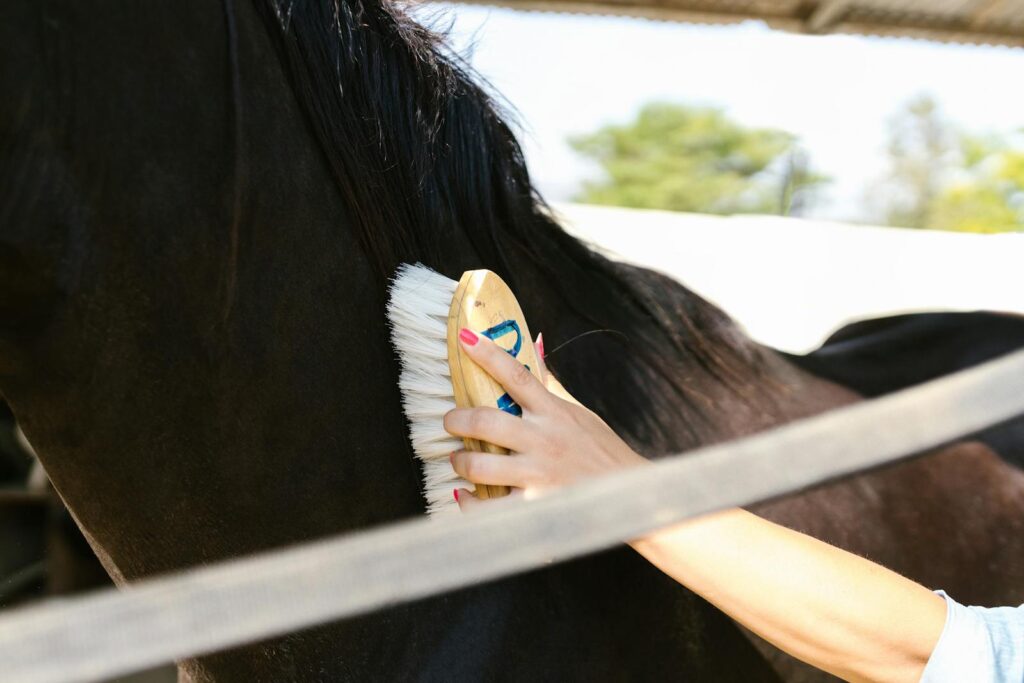
Equine metabolic disorders like insulin resistance and Cushing’s disease are increasingly common but frequently go undetected until advanced stages. Many owners fail to recognize early warning signs such as abnormal fat deposits, subtle changes in coat shedding patterns, or increased thirst and urination. Regular blood work to establish baseline metabolic parameters—particularly for horses over ten years old or those with risk factors—can identify problems before clinical signs appear. Implementing seasonal weight monitoring with a weight tape and body condition scoring helps track subtle changes that might indicate developing metabolic issues. Early detection of these conditions can make the difference between simple management and life-threatening complications like founder.
Trailer Safety Beyond Basic Maintenance
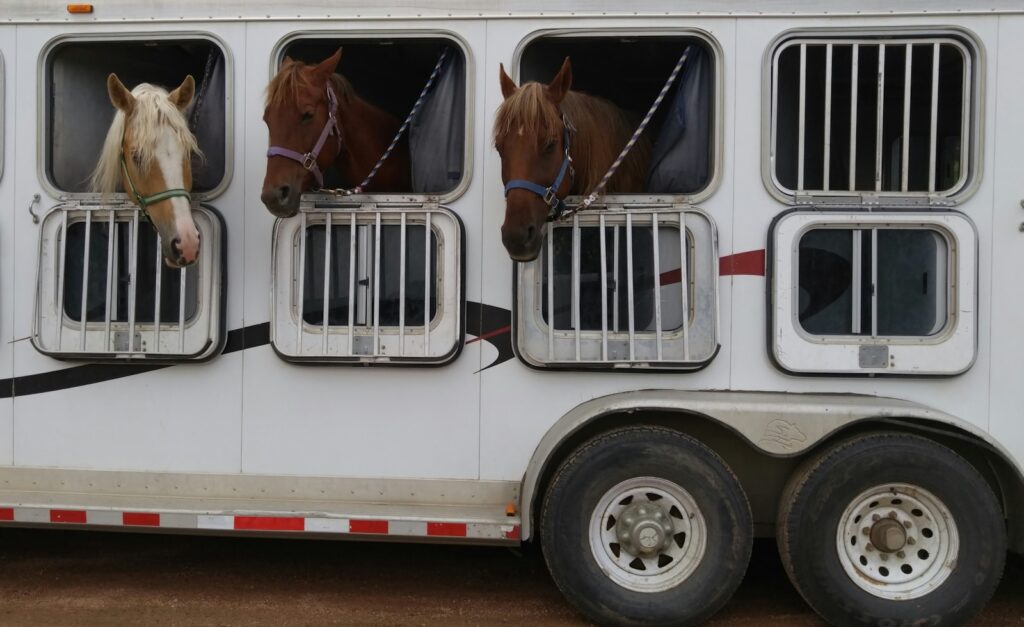
Horse trailers require specialized attention beyond routine maintenance to ensure safe transportation, yet many owners neglect critical safety aspects. Floor integrity is paramount but often overlooked until dangerous failures occur, as wood floors can appear sound from above while harboring structural rot underneath. Proper weight distribution and tire pressure directly affect trailer stability and stopping distance but are rarely checked before each journey. Creating a comprehensive pre-trip checklist that includes checking emergency brake functionality, testing all lights, inspecting floor supports, and examining the breakaway system can prevent disasters on the road. Practicing loading and unloading in various conditions also prepares both horse and handler for emergency situations when calm efficiency matters most.
Respiratory Health Management

Respiratory issues represent one of the most common health problems in domestic horses, yet management practices that contribute to these conditions often go unexamined. Dust from bedding, hay, and arena footing can cause inflammation and eventual scarring in equine lungs, with effects that compound over time. Many owners don’t realize that horses in closed barns are exposed to ammonia levels from urine that can damage delicate respiratory tissues, even when the smell isn’t obvious to humans. Simple management changes like wetting hay before feeding, using low-dust bedding alternatives, ensuring proper ventilation even in cold weather, and designing barn cleaning routines to minimize airborne particles can dramatically improve respiratory health. Monitoring your horse’s resting respiratory rate (normally 8-12 breaths per minute) provides an early warning system for developing problems.
Social Needs and Herd Dynamics

Horses are profoundly social animals, yet their need for appropriate companionship is frequently sacrificed for management convenience or performance goals. Isolation can cause significant stress leading to stereotypic behaviors, compromised immune function, and learning difficulties that affect training outcomes. Even horses with companions may suffer from inappropriate social matching—such as highly dominant animals paired with submissive ones without adequate space for natural herd dynamics. Creating appropriate social groupings based on temperament, age, and status, while providing sufficient space for natural behaviors like mutual grooming and play, improves both psychological and physical health. For horses that must be kept separately, providing visual and limited physical contact with compatible equines helps meet their inherent social requirements.
Emergency Preparedness Beyond Basic First Aid

While many owners maintain basic first aid supplies, comprehensive emergency preparedness for horses remains a significant blind spot in equine care. Few owners have written evacuation plans, emergency contact networks, or portable identification systems ready for disasters. Creating and regularly updating a digital medical record with current photos from all angles helps identify your horse and prove ownership in emergencies. Practicing loading nervous horses into trailers under various conditions—including at night with minimal lighting—prepares both horse and handler for potential emergency evacuations. Establishing arrangements with facilities outside your immediate area provides alternatives when local options are affected by the same emergency situation, whether fire, flood, or other disaster.
Age-Specific Care Adjustments
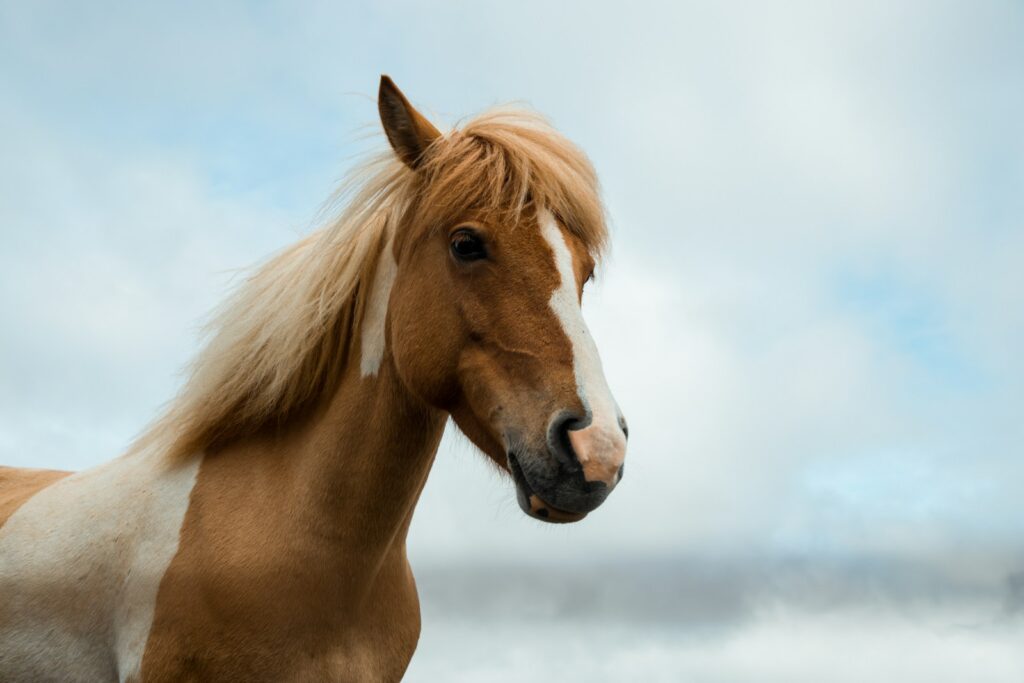
Horses have dramatically different nutritional, exercise, and healthcare needs at different life stages, yet many owners maintain relatively static care routines throughout a horse’s life. Young, growing horses require specific mineral balances to prevent developmental orthopedic diseases, while senior horses often need dietary adjustments to compensate for reduced digestive efficiency. Exercise requirements similarly evolve, with young horses needing controlled exercise to support proper development and older horses benefiting from regular, moderate activity to maintain joint health and muscle tone. Implementing age-appropriate vaccination schedules, dental care frequencies, and parasite control strategies ensures your horse receives optimal care throughout its lifespan. Regular consultation with veterinarians who specialize in your horse’s current life stage—whether that’s growth, performance, breeding, or geriatric care—helps you adjust management practices appropriately.
Conclusion

The journey of horse ownership is one of continuous learning and adaptation. The most conscientious equestrians recognize that there’s always more to discover about these complex, sensitive animals. By addressing these commonly overlooked aspects of horse care, you’ll not only improve your horse’s immediate wellbeing but potentially add years of quality life to your equine partnership. Remember that small, consistent improvements in care routine often yield the most significant results for your horse’s health and happiness. The investment in more comprehensive care pays dividends in reduced veterinary costs, improved performance, and the immeasurable reward of a thriving equine companion.

